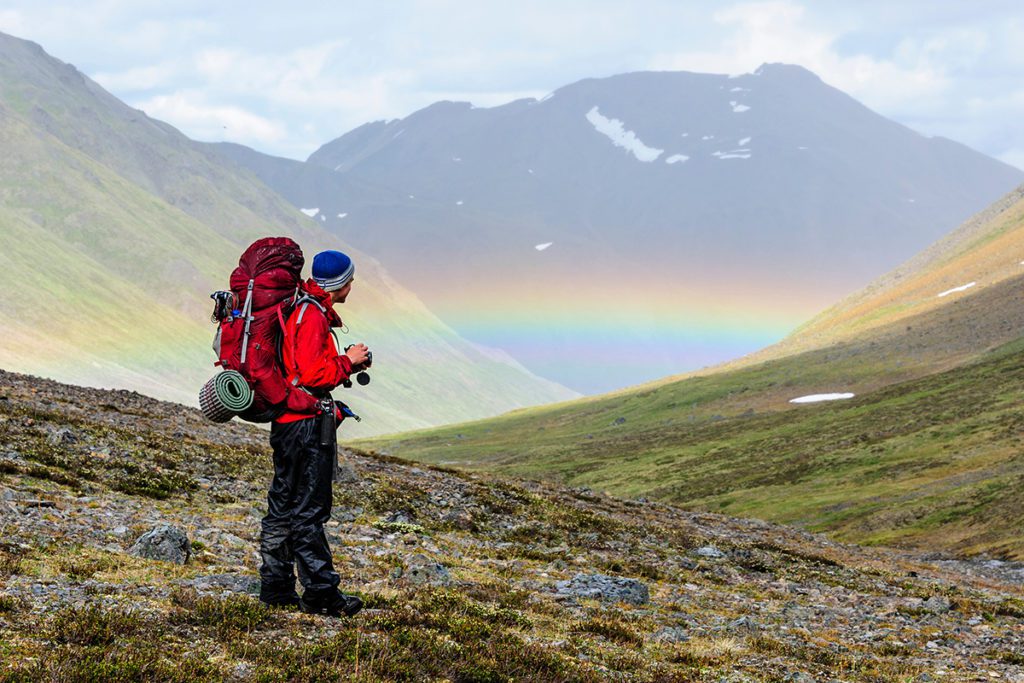The Conservation Alliance harnesses the power of businesses and outdoor communities to protect North America’s cherished wild places and outdoor spaces. Through the collective strength of our membership – companies from banks to breweries and outdoor gear – we champion solutions that balance the best interests of the land and water, wildlife, and people. Since 1989, we’ve helped protect 81 million acres and 3,580 river miles, remove or halt 37 dams, purchase 21 climbing areas, and designate five marine reserves.
In 2023 and 2024, we are investing additional advocacy resources in six priority campaigns. Each campaign is focussed on natural resource conservation, adapting to a changing climate, recognizing the rights of Indigenous communities, and protecting habitat in places that are also valued for human-powered recreation. We announce our Advocacy Priority Campaigns once a year. In collaboration with our grantees, we work to identify land and water conservation opportunities that are urgent, vital, and need national attention.
D-1 Lands, Alaska
What’s at stake?
Alaska’s Bureau of Land Management (BLM) lands harbor some of the largest intact landscapes left in the country. From the temperate rainforests of Southeast Alaska to north of Nome, these lands connect tens of millions of acres of important habitat and provide natural climate refuge for five species of Pacific salmon, three of North America’s largest caribou herds, brown bears, wolves, abundant moose populations and millions of migratory birds and many other species.
Alaska’s Indigenous communities, many of whom are tied culturally and spiritually to these lands, are experiencing the impacts of climate change at a faster pace than anywhere else in America. Protecting Alaska’s BLM lands provides a critical buffer against rapidly changing conditions, allowing communities to continue practicing a customary and traditional way of life in the face of great change. Nearly 75% of all federally recognized Tribes in Alaska are impacted by the BLM’s land management planning decisions. BLM-managed lands support important subsistence resources and serve as the breadbasket for a diverse population of Indigenous peoples. For Alaska Native communities off the road system, over 80% of food consumed comes directly from the surrounding lands and waters.
These lands also serve as a world class recreational resource for packrafting, hiking, hunting, angling, and other outdoor activities in a setting as wild and remote and anywhere left in the world. Nature-based businesses utilize these areas in order to give their clients an irreplaceable wildlands experience.
Now, after a botched attempt by the Trump Administration to open these public lands to large-scale industrialization, we have a responsibility to safeguard millions of publicly-owned acres from future exploitation.
What’s the solution?
The Biden administration’s BLM is currently pursuing an environmental impact statement (EIS) that will decide whether these 28 million acres of public lands should remain protected from extractive industrial development, as they have largely been since the 1970s. It will be critical that the EIS considers conservation, recreation, tribal interests, carbon storage, and climate resiliency so the agency and the people who depend on these lands can work together in the future.
Leveraging our collective voice and partnerships with on-the-ground grantees and partners, the Conservation Alliance will ensure that the voice of our business members are prevalent in the run-up to and during the upcoming comment period, and will be engaged with leaders in Washington, D.C. to advocate for D-1 lands protection for the benefit of future generations.
Who is The Conservation Alliance’s partner?
SalmonState
SalmonState is an initiative begun, sustained, and powered by Alaskans. They are housed at the New Venture Fund and collaborate with Alaska nonprofits, Indigenous governments, commercial fishermen, businesses, and others. Each campaign they are a part of is a unique mix of Tribes, grassroots organizations, and stakeholders united to work toward our shared goal of ensuring we all have access to sustainable wild salmon in the future — whether that’s in our nets, in our backyard streams, or on the dinner table.


